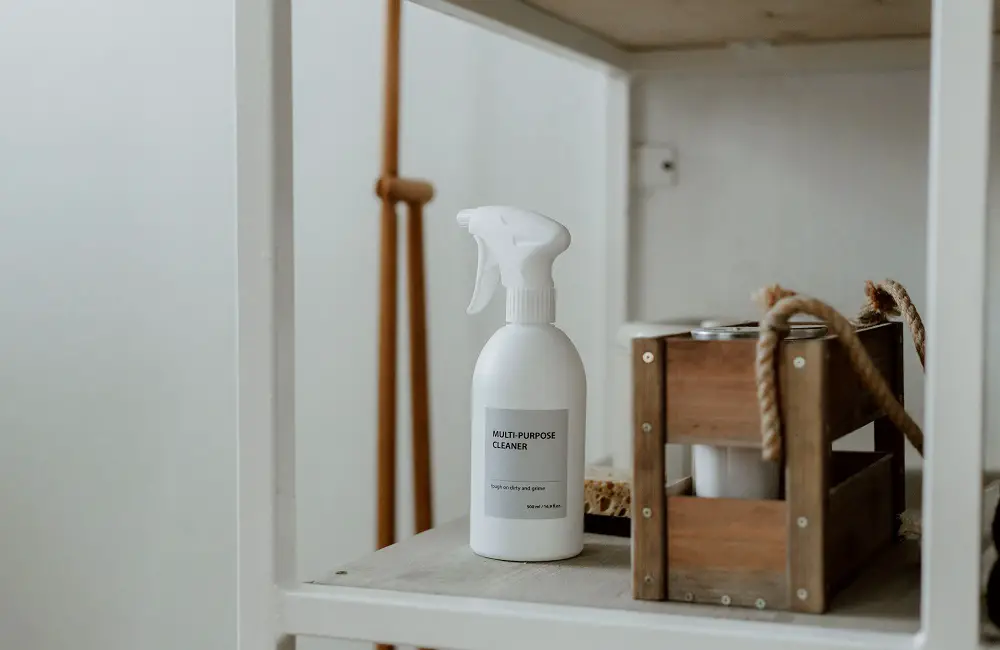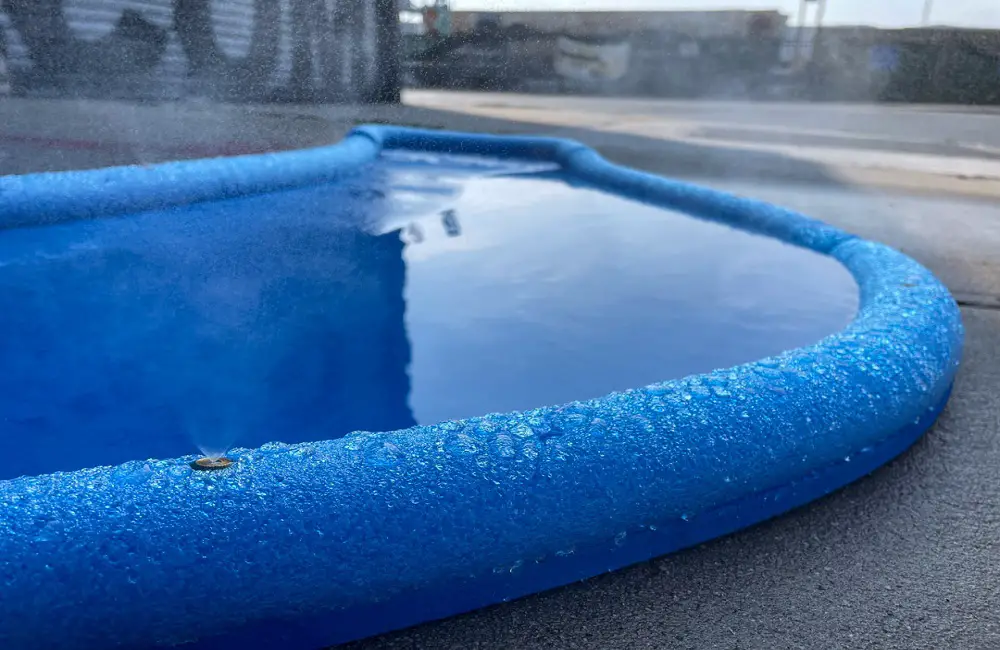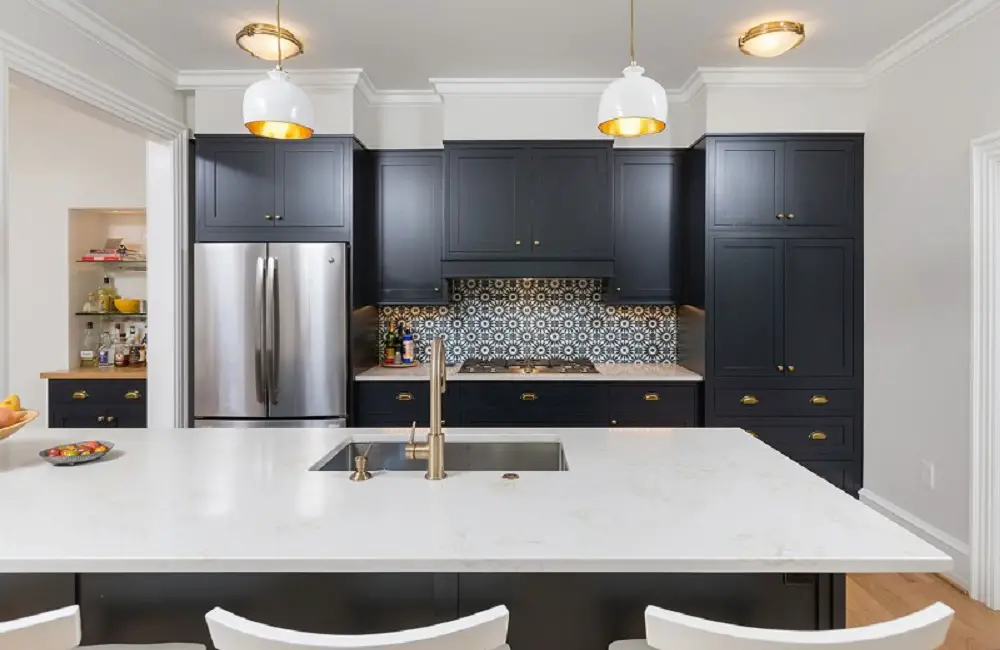The 9 Best Air Purifiers For A Cleaner Home
Welcome to our guide on “The 9 Best Air Purifiers For A Cleaner Home”! In today’s world, where indoor air quality is more important than ever, finding the right air purifier can make a significant difference in the cleanliness and freshness of your home environment. Whether you’re looking to combat allergens, eliminate odors, or simply breathe easier, we’ve curated a list of the top air purifiers on the market to help you achieve a healthier living space. We’ve compiled a thorough collection of alternatives to fit every need and inclination, from small bedroom devices to powerful units that can purify huge spaces. Come along as we examine the features, advantages, and effectiveness of these nine exceptional air purifiers to see which one is best for your house. Together, let’s embark on a journey towards an indoor environment that is fresher, cleaner, and healthier! What to Know Before You Get Started Air purifiers come equipped with various types of filters designed to target specific contaminants like dust, smoke, and allergens. To ensure you select the most suitable air purifier for your home, it’s crucial to understand the different filter options available. Our Top Picks Levoit Core 400S Smart Air Purifier The Levoit Core 400S stands out as our top choice among the air purifiers we’ve tested, boasting impressive efficiency, quiet operation, a feature-rich design, and compatibility with smart home systems. This purifier utilizes an H13 True HEPA filter as part of its three-stage filtration process. The pre-filter targets larger debris like lint and pet hair, while the H13 True HEPA filter effectively removes 99.9 percent of bacteria and viruses, as well as at least 99.97 percent of airborne particles measuring 0.3 microns, including pollen. Additionally, the carbon filter tackles pollutants such as smoke, VOCs, and various odors. In our recent testing, we also evaluated the Levoit Core 300S, which proved to be equally effective at purifying air as its larger counterpart. The main distinction between the two models is their coverage area: 219 square feet for the 300S and 403 square feet for the 400S. If you’re looking to purify air in a smaller room, the 300S is the more suitable choice. Both models come pre-assembled and are easily connected to the accompanying app via a QR code scan. The app offers convenient features like timers and schedules, in addition to real-time monitoring of PM 2.5 levels. Moreover, the purifiers can be controlled via voice commands through Alexa and Google Assistant, enhancing accessibility. Despite its powerful performance, the Levoit Core 400S maintains a sleek silhouette that won’t detract from your decor. Its noise level is impressively low, especially in sleep mode, making it suitable for quiet environments. Even on its highest setting, the noise level is tolerable and unlikely to disrupt activities like watching TV. However, individuals sensitive to noise may find the higher setting less conducive to sleep, depending on their preference for white noise. Overall, both the Levoit Core 300S and 400S are excellent choices for purifying indoor air effectively. The 400S is particularly well-suited for larger rooms, making it our preferred option. Honeywell InSight HEPA Air Purifier It’s no surprise that Honeywell’s InSight HEPA HPA5300 Air Purifier garnered significant attention during our testing. With Honeywell’s longstanding reputation as a leader in the air quality industry, we’ve come to expect reliability and effectiveness from their products. The InSight series stands out with its innovative air quality indicator light, which provides instant feedback on your home’s air quality—green for good, orange for moderate, and red for poor. We particularly appreciated the convenience of the auto mode, which adjusts the fan speed automatically to maintain optimal air quality. Setting up the HPA5300 is a breeze, and its slightly larger size compared to other models is a minor trade-off for its exceptional performance. This air purifier boasts three levels of filtration: a pre-filter to combat household odors and VOCs, a HEPA filter for capturing airborne particles, and an optional enhanced odor filter (sold separately) to tackle specific odors like those from kitchens, pets, or home renovations. During our testing, we observed noticeable improvements in air quality and odor reduction in the room. Due to its powerful filtration system and fan, this air purifier does produce some noise, particularly at higher fan speeds. However, even at its maximum setting (turbo mode), the noise level remains below 60 decibels, making it suitable for use in family rooms or bedrooms with minimal disturbance. The HEPA filter only needs replacing once a year, and replacement filters are available in packs of three for around $75, which is in line with industry standards. While the initial cost of the air purifier may seem steep at over $300, its ability to provide real-time air quality monitoring without the need for additional smart devices makes it a worthwhile investment for those seeking simplicity and effectiveness in air purification. Clorox Large Room Air Purifier Investing in an air purifier is a significant decision, especially when considering the ongoing costs of maintenance in addition to the initial purchase price. We were highly impressed not only by the performance of the Clorox Large Room Air Purifier but also by its affordability, with a price tag under $200 and reasonable ongoing expenses for filter replacements and energy consumption. At just $60 to replace, the filter and an estimated yearly energy cost of around $45, this purifier offers an excellent value proposition for budget-conscious households. Setting up and operating this air purifier is a hassle-free experience. The intuitive control panel ensures effortless navigation through various settings, making it user-friendly for all. Additionally, its 360-degree filtration system ensures thorough circulation of air throughout the room, providing comprehensive purification. While the design may not be the most stylish compared to other options on the market, its effectiveness in purifying the air outweighs any aesthetic considerations. The digital display provides real-time feedback on the room’s air quality, including the PM 2.5 rating, with a color-coded light indicating air quality levels from green to maroon. Despite its
The 9 Best Air Purifiers For A Cleaner Home Read More »










